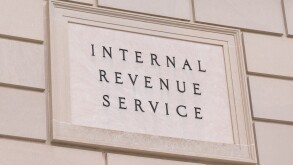The tax rate is 0.035% per month of the initial value of the building determined in accordance with the regulations on tax depreciation (excluding the value of the land and separate structures), thus 0.42% per annum.
In 2018, this tax applies to commercial real estate with an initial value of more than PLN 10 million ($2.8 million). This includes buildings classified as office buildings and as commercial and service facilities, that is: shopping centres, department stores, and independent shops and boutiques. Office buildings are exempt from the tax, if they are exclusively or mainly used for the taxpayer's own purposes.
The minimum tax does not have to be paid if the advance payment on income tax is higher than the amount of this tax. Moreover, the paid and undeducted tax can be deducted from the income tax for a given year if the taxpayer pays income tax in an amount higher than the minimum tax.
According to the latest draft amendment to the tax law (possibly coming into force on January 1 2019), the minimum tax is to cover all real estate intended to be rented, excluding only residential buildings put into use under government or local government social housing schemes.
The tax will apply to buildings generating revenues from their rental or lease. If the building is only partially rented, then the tax will only be charged on the rented part. Another change relates to the specified value of PLN 10 million. It is planned that this value will include collectively all buildings owned by the given taxpayer, regardless of quantity and the individual value of each building.
In addition, the rules provide for the possibility to apply for a refund of the additional tax if the tax authority finds no irregularities in the settlement of this tax and confirms that the taxpayer's income tax has been settled appropriately. Transitional provisions regarding the possibility of applying for a refund assume that taxpayers will be able to apply for the refund for the period beginning January 1 2018.

|
Justyna Bauta-Szostak |
Justyna Bauta-Szostak (justyna.bauta-szostak@mddp.pl)
MDDP
Tel: +48 (22) 322 68 88
Website: www.mddp.pl










